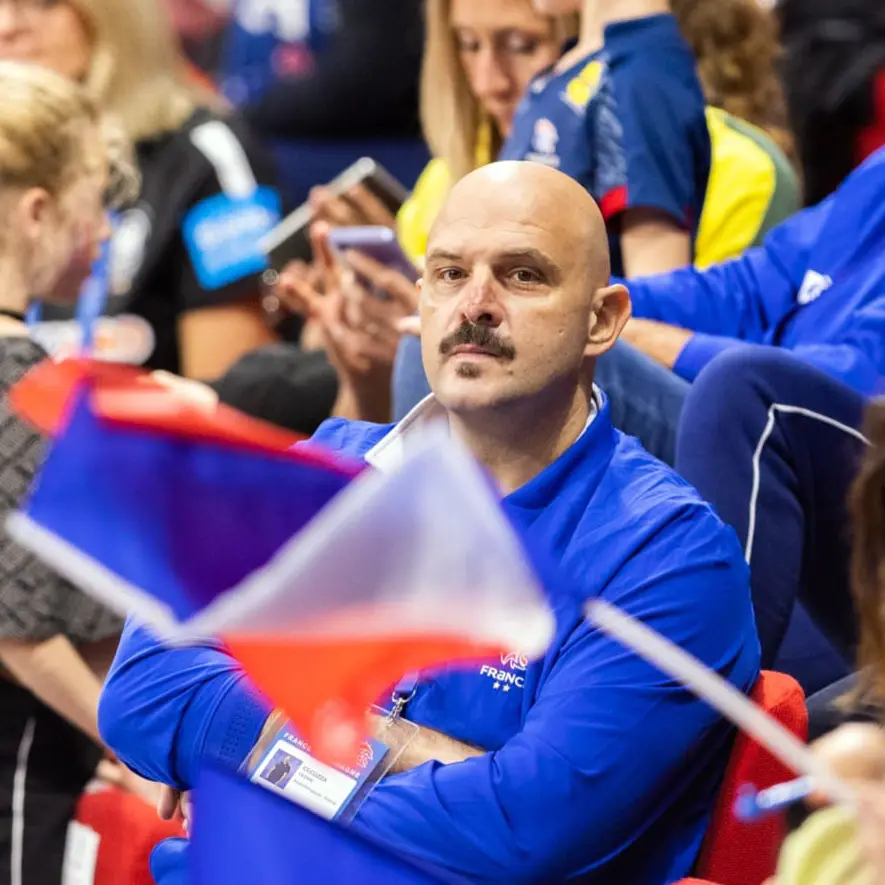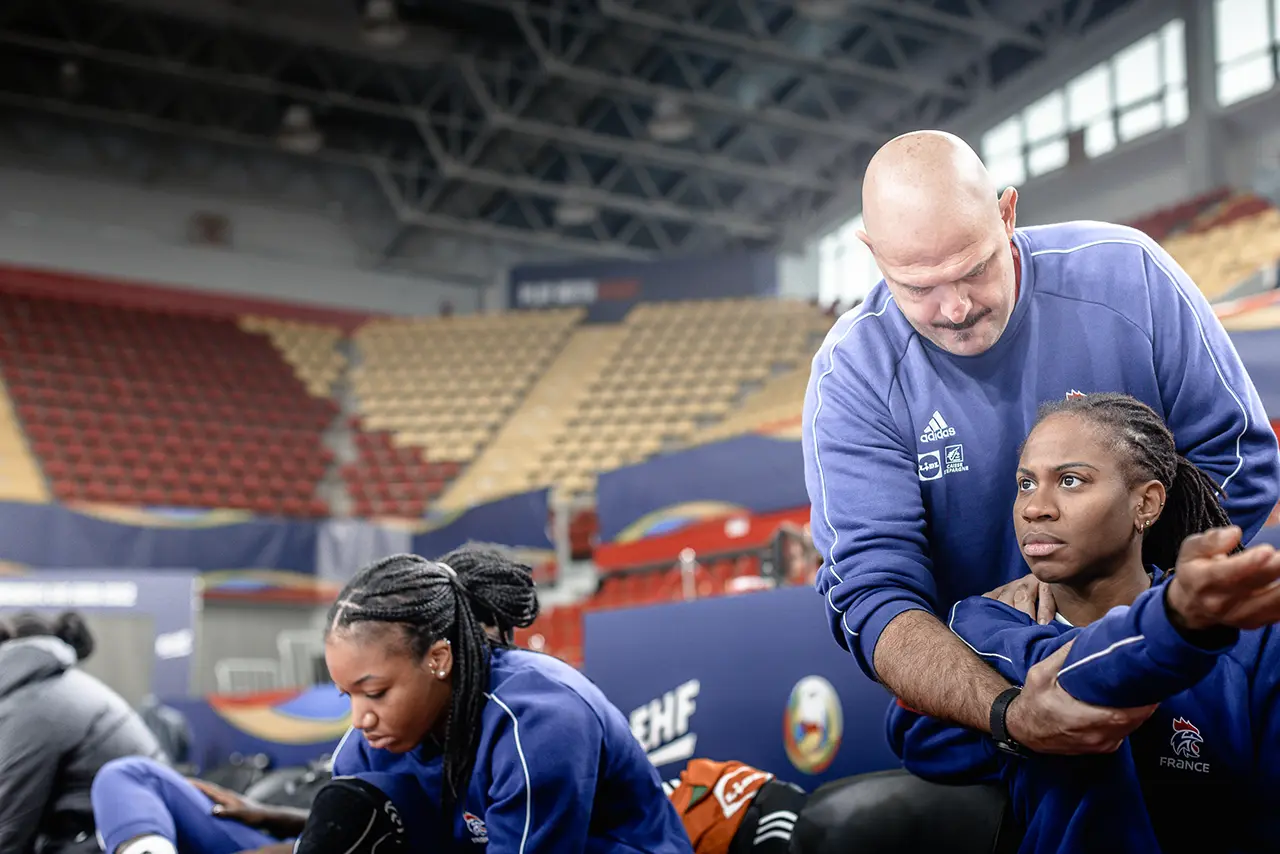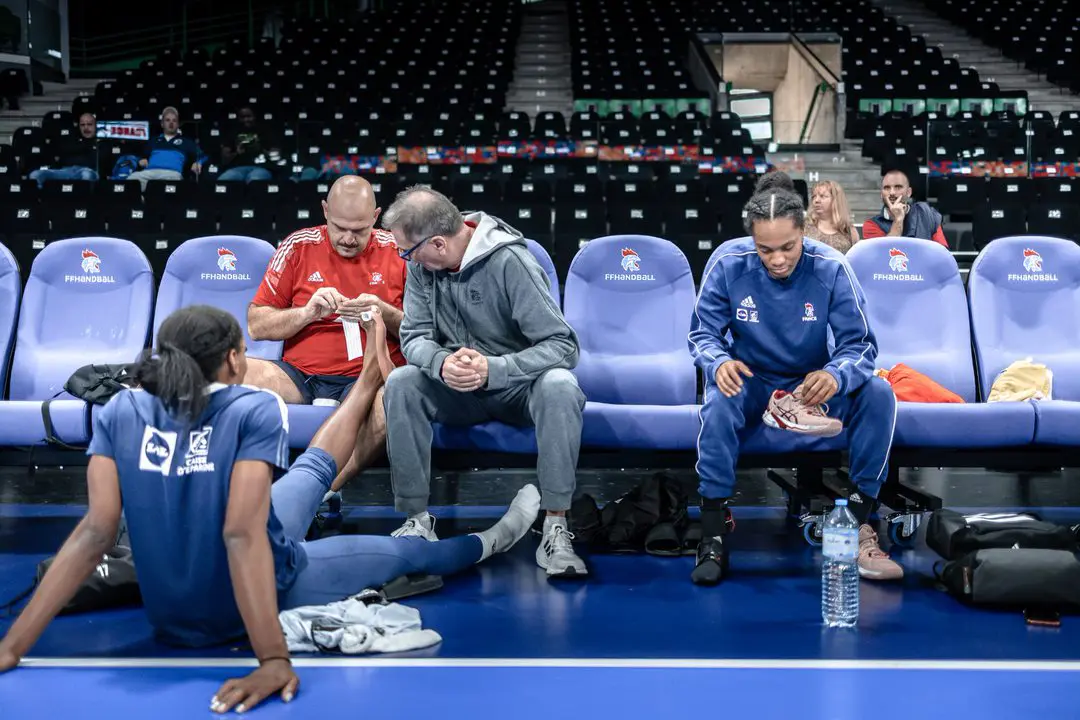Focus on our teacher : Cesare COCUZZA
The CEERRF sets up a hot news every month, it is a focus on its teachers, their expertise or one of their works which are shared here and brought to your attention.

Cesare COCUZZA is a physiotherapist graduated from the University of Pisa., passionate about anatomy, manual therapy and sport, he has perfected himself in the field of orthopedic medicine and rheumatology.
His thinking is based on knowledge of anatomy and physiology in order to identify and treat the origin of the patient’s pain, whether articular, nervous or muscular. (“Manu sapiens potent est. Luigi Stecco”)
Laureate in biology in 2002, he worked for 6 years at the CNRS in Pisa as a biologist in the endocrinology department. He was also responsible for the physiotherapists of the University Sports Center for the athletics and volleyball section.
In 2009 came to France where for several years he worked as a physiotherapist in the chronic pain unit and in the orthopedic department of a Parisian hospital where he was able to develop his skills in therapeutic education, functional assessment of movement and management of muscle pain.
Since 2021 he has been part of the medical staff of the France A women’s national handball team and with this team, he won the silver medal at the World Championship in 2021 and in 2022 the fourth place at the European Championship.
Myofascial system
He has been working at CEERRF since 2013 where he presents to students the treatment of myofascial pain. The proper functioning of each structure of the human body is guaranteed by the correct balance between the different segments. In the musculoskeletal apparatus this balance is controlled by the myofascial system: the muscle and its envelope the fascia.
Well-tuned myofascial system allows for a posture capable of moving without pain and without loss of stability.
When a myofascial unit presents a densification (a node) its function is impaired and diffuse pain, tingling, burns can appear by limiting the correct movement of a joint. Being able to identify these nodes (trigger points) that are not highlighted by imaging (MRI, CT, ultrasound) but only by a precise palpation that aims to reproduce the symptoms known by the patient, becomes very important.
The benefits of Manual Therapy
Introducing students to manual therapy is important.
The management of the patient is guided by the understanding of the problem that affects him whether articular, nervous, or muscular and thus be able to :
For whom ?
This approach is intended for any type of patient who present persistent pain that has appeared because of trauma, fracture, surgery (without cause found in medical imaging) or of an unexplained origin.
Formulating an Hypothesis
A detailed interrogation will be necessary to reconstruct the history of the pain in order to be able to identify the cause and succession of possible postural compensations that developed in a specific direction of space.
The most important pain for which the patient comes to us will be the goal of our care but also the symptoms present in other segments of the body will be evaluated at the time of the consultation. Functional, rapid, sensitive and meaningful tests must be performed to build our hypothesis and prioritize treatment.
A precise palpation of the different body segments will be essential to reproduce the symptoms to treat them manually.
The patient’s goals and needs guide the therapist’s hand.
Books to recommend :
- Functional Atlas of the Human Fascial System – Richard Amory (trnaslation) / Carla Stecco (author)
- Handbook of Orthopaedic Medicine – James Cyriax




